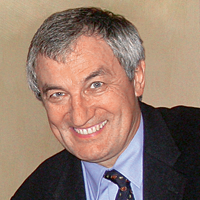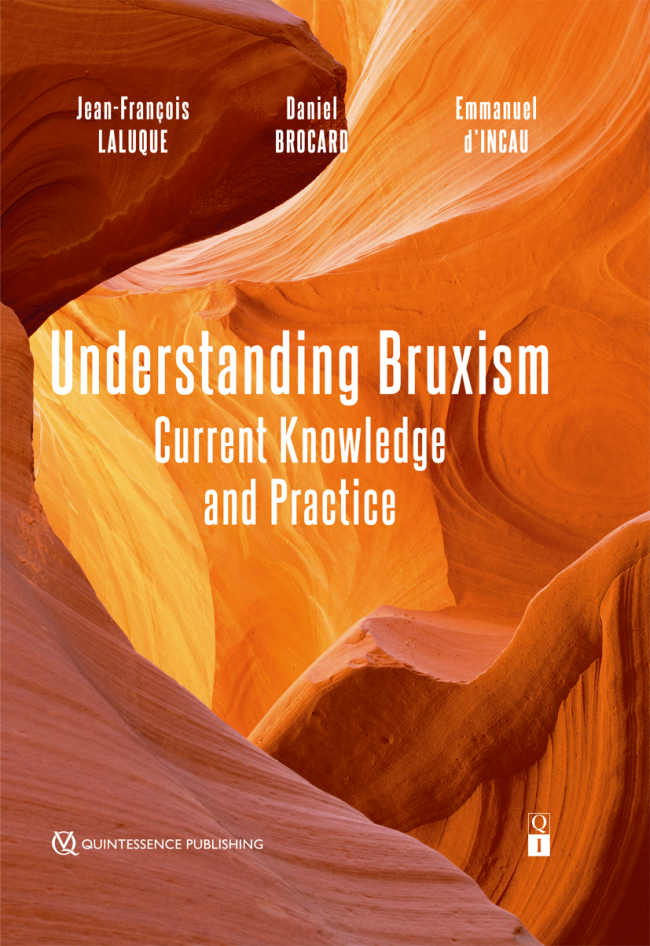The International Journal of Oral & Maxillofacial Implants, 5/2000
Páginas 691-700, Idioma: InglésBrocard, Daniel / Barthet, Pierre / Baysse, Eric / Duffort, Jean François / Eller, Philippe / Justumus, Pierre / Marin, Pierre / Oscaby, Françoise / Simonet, ThierryThe aim of this multicenter study was to evaluate cumulative success and survival rates of ITI implants after 7 years. A complete medical report was obtained for all 440 patients enrolled in this investigation, which involved 10 different private practices. The 1,022 consecutively placed implants were distributed between completely edentulous, partially edentulous, and single-tooth replacement cases. During the annual follow-up visit, each implant was examined both clinically and radiographically using predefined success criteria. The cumulative survival and success rates were calculated for all implants. Implant subgroups were defined according to the medical history of the patients or pooled according to various indications, locations, implant designs, or implant lengths. In each subgroup, the related cumulative success rate was statistically compared to the global cumulative success rate. Fifteen implants (1.4%) were regarded as early failures, and at the end of the follow-up, the global failure rate reached 6.6%; 30 implants (3%) were lost to follow-up. At 5 years, the cumulative survival rate was 95.4%; this declined to 92.2% at 7 years. The weakest success rates were observed for implants placed in older patients, periodontally treated patients, and completely edentulous arches. Conversely, cumulative success rates that were significantly above average were observed for patients between 40 and 60 years old without pathology, implants placed after bone regeneration, solid-screw implants, implants placed in edentulous spaces, and implants placed as single-tooth replacements. This investigation has demonstrated that in these 10 private practice settings, the success rate for ITI implants remained high for up to 5 years and declined slightly between 5 and 7 years. It should be noted that in later year intervals, a relatively small number of implants remained for the analysis of cumulative success rates.
Palabras clave: dental implants, longitudinal studies, life tables
The International Journal of Oral & Maxillofacial Implants, 2/1999
Páginas 258-264, Idioma: InglésBenqué, Edmond / Zahedi, Shahram / Brocard, Daniel / Marin, Pierre / Brunel, Gérard / Elharar, FrédéricIn this report, the problems of insufficient bone and soft tissue after extraction of maxillary incisors were addressed concurrently prior to endosseous implant placement, by combining the use of a diphenylphosphorylazide-cross-linked Type I collagen membrane and a resorbable space-making biomaterial composed of 200-µm porous hydroxyapatite granules blended in Type I collagen and chondroitin-4-sulfate. Upon flap reflection 8 months postsurgery, the horizontal deficiencies were almost completely resolved, membranes completely resorbed and the defects filled with hard, bonelike tissue, with a few superficial hydroxyapatite granules. Histologic evaluation of the bone biopsies obtained at the implantation sites revealed dense, well-reconstructed alveolar bone with a few traces of hydroxyapatite granules that had been completely resorbed. Tomodensitometric evaluation indicated that bone regeneration ranged from 14% to 58%, with an average bone gain of 29.77%. Four nonsubmerged ITI titanium implants placed in the augmented bone have been in function for more than 5 years, with no clinical or radiographic signs of hard or soft tissue breakdown. Bacterial sampling at dental sites with periodontitis 1 month prior to periodontal therapy and at implant sites for up to 30 months demonstrated rapid colonization of implant surfaces by periodontopathogens without causing any detrimental effect to implant integration.
Palabras clave: bone regeneration, collagen membrane, guided tissue regeneration, human histology, hydroxyapatite, oral implant, resorbability





